Early morning this morning so we snarled a quick breakfast and hit the tube down to Victoria Station to meet our tour bus. Once on board we headed out on a very pleasant 2 1/2 hour journey to Bath. Along the way we enjoyed the lush rolling hills of the downs and southern Cotswolds.
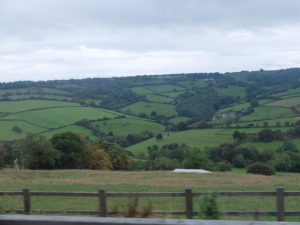
Along the way we passed thru quaint small villages.
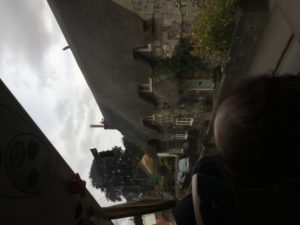
Arriving in Bath we started with a walking tour. We walked thru cathedral square
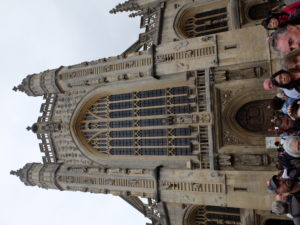
We wondered at the model owls we passed.
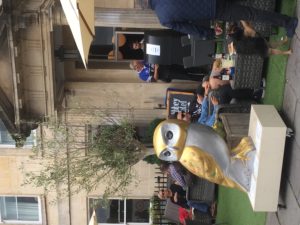
We hiked up to The Circus
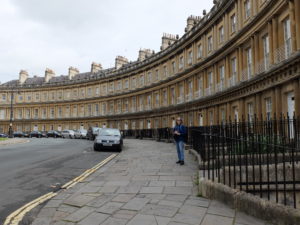
We hiked over to the Royal Crescent
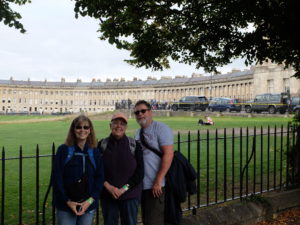
I should also mention that we passed the Jane Austin Centre. She lived and worked in Bath for a time. Cheryl says to mention that several Regency Romance novels take place in Bath.
Following the tour we picked up our “skip the line” tickets to the Roman Baths (a good thing since by noon the line was over an hour long) and headed in to their excellent museum
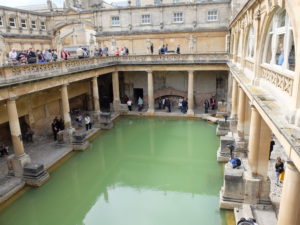
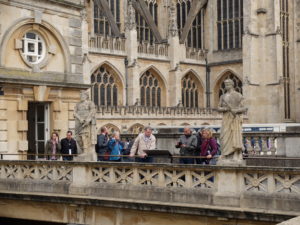
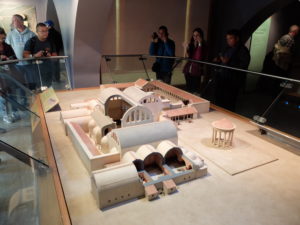
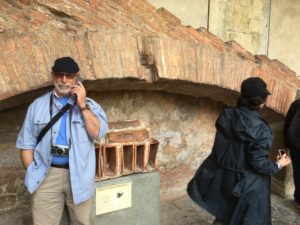
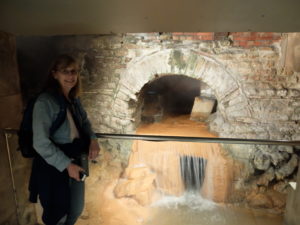
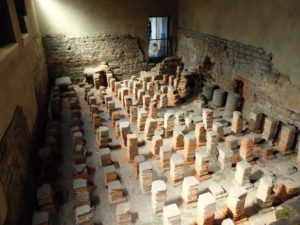
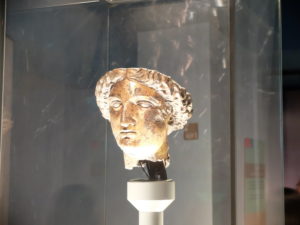
Following our visit to Bath we boarded the bus and headed for Stonehenge.
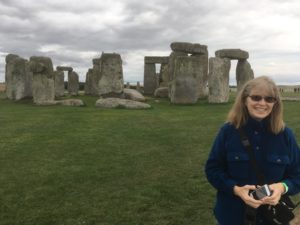
We were given audio guides and not quite enough time to fully appreciate the site. Archeological work has continued in the area and significant information has been gathered about the site itself, many burial mounds in the vicinity, associated henges, and such. I’ll let Cheryl describe the relationship between Stonehenge and Woodhenge.
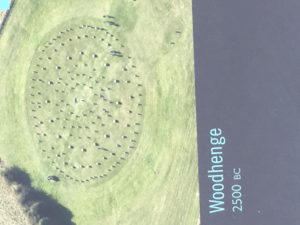
Back on the bus we returned to London. Along the way our guide pointed out the Westbury White Horse across the valley.
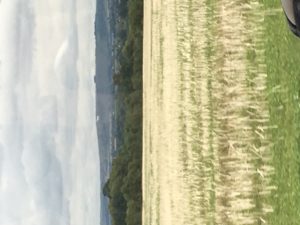
While many of these chalk animals have prehistoric origins, this one appears to have been created in mid 1700’s and possibly reflects the white horse of Hanover to commemorate George, the elector of Hanover becoming King George I of England.
Arriving back in London at about 7:30 we repaired to the nearest pub to replenish/restore ourselves from a full and complete day.
Tomorrow we hit the British Museum. Wish us luck.
Ah, that looks amazing!! What a fun day!
– The fields surrounded by hedgerows or stone walls mark the boundaries of ancient fields to graze your sheep or cows.
– Stonehenge is on the Salisbury plain – a high plateau that the wind / snow comes sweeping over (nasty place to spend the night waiting for the winter sunrise solstice). Originally a special burial place, it is still surrounded by many low barrow mounds. There are many henges in Europe, but this is the ONLY one that had lintels. Fairly recently archeologists uncovered “Woodhenge” nearby. The current thought is that Woodhenge marked the summer solstice (wood structures usually are about life while stone structures are about death) while Stonehenge marked the winter solstice. This whole area belongs to the military and there are tank crossing signs.
– Bath: Since there was a lead mine nearby lots of the Roman stuff were made of lead (lead water pipes, lead lined bathing pools, etc). Originally it was roofed over and would have been a dark, echoing place lit by braziers hanging from the side pillars (I like it better in the sunlight with the pool of green algae).
Also at Bath they had screens continually running showing various Roman people living their daily life around the Bath & temple complex. I especially enjoyed the fat Roman man in his toga yelling (although this was a silent screen you could tell what was happening with the vivid gestures) at the scribe about having his robe stolen while he was bathing. The scribe listened attentively then wrote out a “curse tablet” (incising the curse onto a flat oval piece of lead) which the man then paid the scribe and threw the curse into the hot springs. The archeologists had a display of the various curse tablets that they had recovered from the spring.
Curse Tablets! Awesome!!!
Is there a picture of said fat man tableau?
mmmm. . .lead water pipes. Tasty.